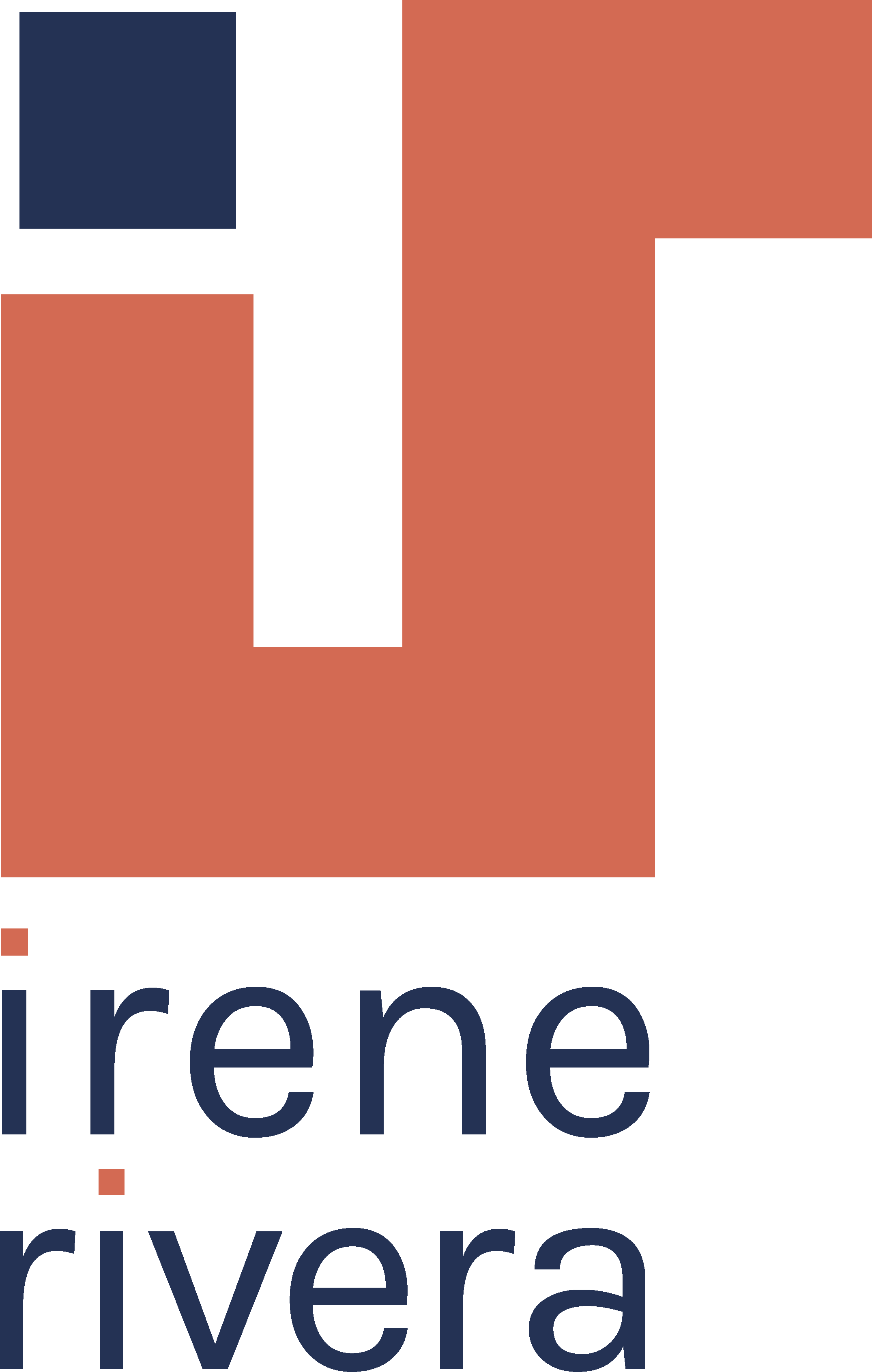
In-flight entertainment dashboard screen

"Sync Favorites" screen

Netflix list screen mirrored on in-flight entertainment
Entertainment use made easy
Role
User research
Low fidelity wireframes
Visual Design
Team
Sole Designer
Context
In-flight entertainment (IFE) systems have become sophisticated seat-back computers loaded with movies and music for passengers to enjoy on their travel. Although passengers have these plentiful choices, they voice that there is still a lack of variety in content they want to watch or listen to.
Challenge
How might we make it easier for flight passengers to choose the content they want to watch and listen to?
Solution
In 6 weeks redesign Alaska Airlines in-flight entertainment system by allowing flight passengers to sync their Netflix, Hulu and Spotify lists from their personal devices.
Mind Mapping kickstarts ideas for user survey questions.
Mind Map of IFE Systems
Research
Watching movies on the plane and the lack of content variety were recurring themes in the survey.
I created a survey with 9 questions and recruited several participants from Facebook’s Women Who Travel group as well as the Unofficial Santa Monica College’s Facebook group. Participants also shared that they would like having access to wifi for using their devices. A big pet peeve is unresponsive IFE screens. As this project was a design sprint, I gravitated to most common issues (movie watching, unresponsive screens and lack of personal device usage).
Reviewing 5 airline’s mobile apps I found that only 2 of them gave information on the type of content on the in-flight entertainment system provided.
I examined 5 apps, Alaska Airlines, Qantas, Cathay Pacific, Southwest Airlines and Jetblue. Cathay Pacific, Alaska Airlines and Jetblue were the only to provide information on what to expect for entertainment on board the flight. This helped me with further researching information architecture for these airline’s in-flight entertainment systems.
Competitive Analysis
Persona and Empathy Map
Leila represents the target audience for the feature and prototype that I designed. Below you get a glimpse to who she and her overall feelings when flying.
Leila represents the target audience for the feature and prototype that I designed. Below you get a glimpse to who she and her overall feelings when flying.
Leila's empathy map
User Journey
Leila's hectic journey to the airport helps me ideate a possible solution for the absence of variety in entertainment on the plane.
Information architecture
Site Map
Taking the results of the user survey I organized the information architecture of the in-flight system. Entertainment, Flight Information and Shopping/Pantry were to be immediately seen on the dashboard since these were the frequently used things in my user surveys.
Site Map
Visual Design Inventory
Evaluating United Airlines visual assets inventory for inspiration.
I broke down United Airlines UI system to figure out how I'd construct UI design system for my redesign. The main thing I picked up is buttons with rounded corners, grid layout and primary navigation placing. I also redesign the current Alaska Airlines logo but kept similar colors that they currently utilize. I placed Robot font in the system for it’s characteristics of great readability.

United Airlines Design Inventory

My design system for Alaska Airlines redesign
Low Fidelity Wireframes
User survey information determined the importance of quick choices for entertainment.
Participants I gather information from in the first phase of the project made it clear that Entertainment and easy device connection is key. In collecting the surveys they also made it understood of the poor tactile response of the In-Flight Entertainment screens. This is why I made the decision to include a voice command feature. During our remote wireframe crit, I received useful feedback regarding the navigation in the home screen and that of the Entertainment section. In which they are in different orientations, this may cause a tired traveler to be confused.
Low Fidelity Wireframe Call Outs
High Fidelity Iteration
Consistent navigation, stronger hierarchy and two features help produce the final UI.
I reorganized the Flight information section based off the user surveys and mind mapping. New features such as a currency exchange received its own screen. For the navigation I made it a point to have one prime navigation. There is a slight secondary navigation for Movies and TV Shows, since they utilize a vertical scroll gesture. I also developed screens for the features Sync Favorites and Screen Mirror. These screens are slightly modified to house some the Brand partnerships with Netflix. In regards to brands, I created a modern logo to emulate the gliding wings of Alaska Airline's planes.
High Fidelity Prototype
Reflection
The design sprint was held at the height of the COVID-19 lockdown in Los Angeles so I had to get creative on how to recruit participants to collect research. Facebook groups became my main source to gather insights and oddly enough people were responsive. Also, not being able to physically be on an airplane to inspect in-flight entertainment systems was a bit tricky. A great resource for this was Youtube videos of passengers using the in-flight entertainment systems. These limitations allowed me to put extra effort on designing something that is needed. One thing I wish had during this sprint was the extra time to have usability tests to strengthen the user flow.

